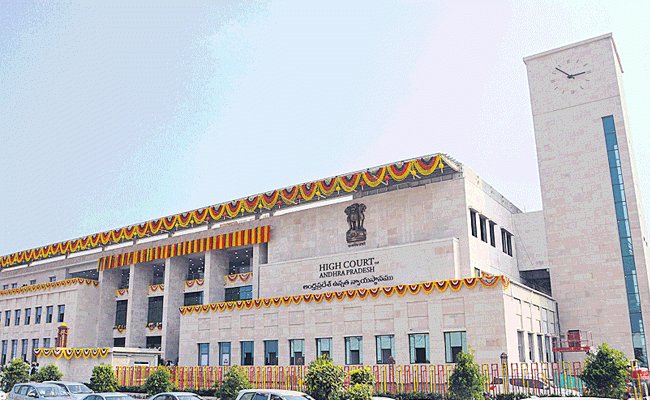Why is Naidu following Jagan strategy?
The political landscape of Andhra Pradesh has always been dynamic, characterized by intense rivalry and shifting allegiances. One of the notable developments in recent years has been the strategic maneuvers employed by various political leaders, notably N Chandrababu Naidu, president of the Telugu Desam Party (TDP). Observers are now questioning why Naidu appears to be mirroring the strategies previously deployed by his adversary, Y S Jagan Mohan Reddy, during his tenure as the chief minister from 2019 to 2024.
The Rise of YSR Congress Party
When the YSR Congress Party (YSRCP) gained power in the state, its leader, Y S Jagan Mohan Reddy, had a clear and aggressive objective: to dismantle the opposition, especially the Telugu Desam Party, which had long been a dominant force in Andhra Pradesh politics. Jagan’s strategy was relentless and focused, aiming to undermine Naidu’s authority and influence at every turn.
Targeting Naidu
Throughout his governance, Jagan engaged in various tactics designed to target Naidu directly. This included highlighting corruption allegations, questioning Naidu’s management of state resources, and leveraging popular welfare schemes to bolster his position while discrediting Naidu’s administration. The result was a political environment where Naidu and the TDP found themselves on the defensive, fighting to maintain relevance and visibility in the face of Jagan’s well-orchestrated campaigns.
Naidu’s Response: A Shift in Strategy
Fast forward to the present day, and political analysts are beginning to notice a shift in Naidu’s approach. After experiencing the intense tactics that were utilized against him, Naidu seems to be adopting a similar method. His recent strategies appear to echo the very tactics that Jagan used against him, indicating a potential realignment in his political playbook. By emulating Jagan’s approach, Naidu seems to be betting on a robust offensive strategy to regain lost ground.
Implications for Andhra Politics
This strategic crossover raises questions about the future dynamics of political engagement in Andhra Pradesh. If Naidu successfully implements Jagan’s tactics, it could lead to an escalation in political polarization, potentially transforming the way political parties operate within the state. As both leaders vie for supremacy, the electorate may witness an increasingly confrontational atmosphere laden with personal attacks and heavy political rhetoric.
Conclusion: A Cycle of Strategy
In essence, the political chess game between Naidu and Jagan continues to evolve, revealing the cyclical nature of strategy and power in democracy. The audience watches closely as this saga unfolds, knowing that each decision made today could set the stage for future political confrontations in Andhra Pradesh. As Naidu appears to follow in Jagan’s footsteps, the question remains: will he succeed where Jagan initially triumphed, or will he be met with resistance that mirrors the opposition he once faced?


